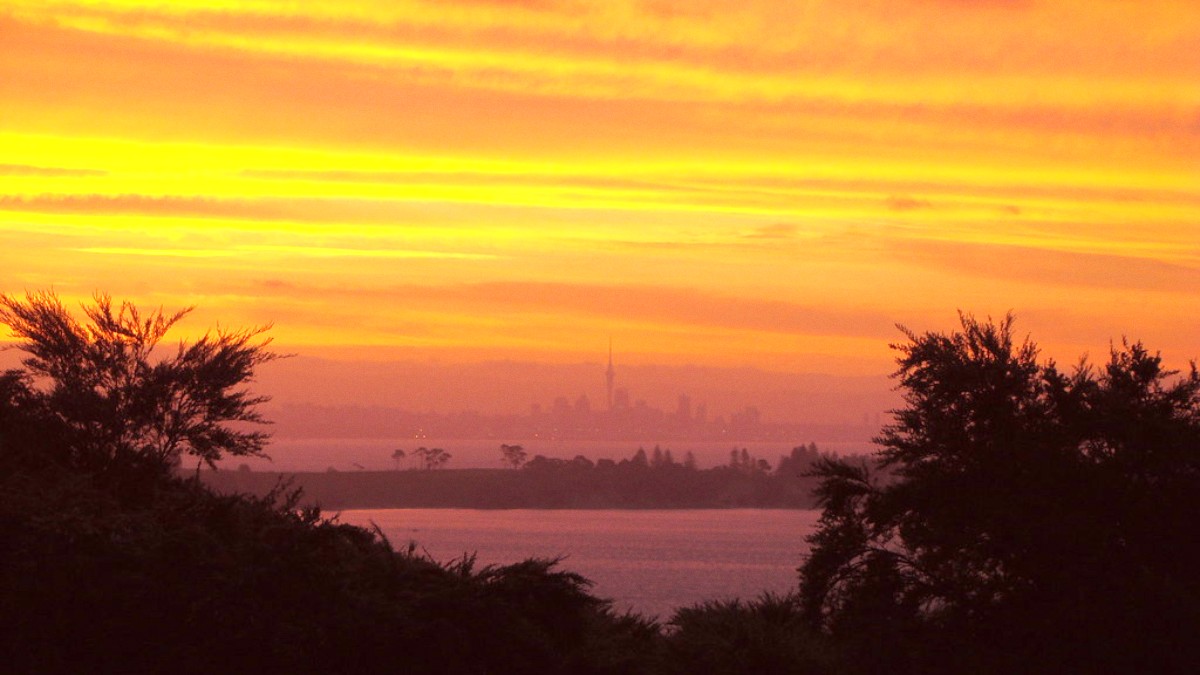
Auckland Region, New Zealand
Waiheke Island provides a public bus service operated by Auckland Transport (AT). This service presents a reliable and economical way to travel between the main population centers and attractions. The buses are clean and generally run on schedule.
Route maps are available at Matiatia Wharf, local information centers, and online via the Auckland Transport website. Google Maps also offers accurate bus routes and real-time tracking. Buses meet arriving ferries, making it easy to transfer directly to your accommodation or destination.
Matiatia Wharf is the main ferry terminal and a central hub for bus connections.
Routes 50A and 50B cover the main circuit, connecting Matiatia with Oneroa, Surfdale, Ostend, Palm Beach, and Onetangi.
Many Auckland Transport buses are accessible for wheelchairs and strollers, with ramps and designated spaces.
Local Waiheke companies offer rentals. Book in advance, especially during peak season.
A popular, flexible way to explore. You need a valid motorcycle or full car license.
Highly recommended for navigating hills. Many outlets offer these. Book via Fullers 360.
Traditional bikes are also available, but e-bikes ease hill navigation.
Waiheke Island presents ample opportunities for walking and cycling, allowing you to experience its natural beauty up close. The hilly nature of the island means good fitness or an e-bike is useful.
The Waiheke Explorer Hop-on Hop-off Bus stops at many vineyards, beaches, and attractions. Tickets often include the Fullers ferry trip.
Many tour companies offer full-day wine tours or scenic tours, including transport and guided commentary, presenting a structured way to see the island.
Private water taxi services offer quick transfers. Kayaks and paddleboards are available for rent at various beaches, allowing coastal exploration.
While some public buses are accessible, the hilly terrain and often unsealed paths on Waiheke can present challenges for travelers with mobility needs. Many vineyards and attractions have made efforts to provide accessible facilities.
While extensive, not all sections of the Te Ara Hura walking track are suitable for all mobility levels.
Check specific track grades.
Many main beaches (Oneroa, Palm Beach, Onetangi) offer relatively flat access from main roads.
Some beach access points may have stairs.
Main roads are shared with vehicles. Some designated cycle lanes exist but are limited. E-bikes assist with hills.
Caution needed on winding roads.
Choose the transport option that best aligns with your travel style and budget. Whether it's the convenience of a rental car, the economy of public buses, or the freedom of an e-bike, Waiheke offers diverse ways to explore its beauty.
Always check the latest schedules and book critical transport (like vehicle ferries) in advance, especially during peak season, to guarantee a smooth journey.